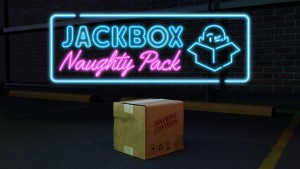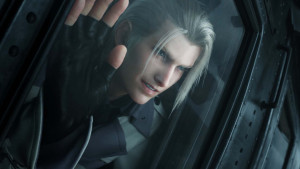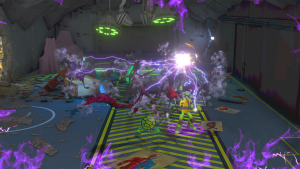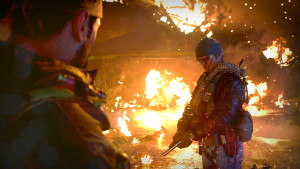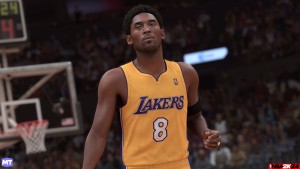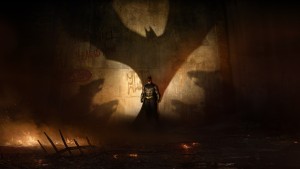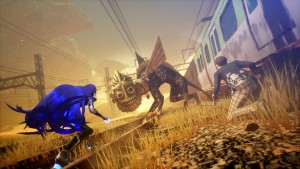Please support Game Informer. Print magazine subscriptions are less than $2 per issue
How Rainbow Six Siege Quietly Became One Of The Best Multiplayer Shooters
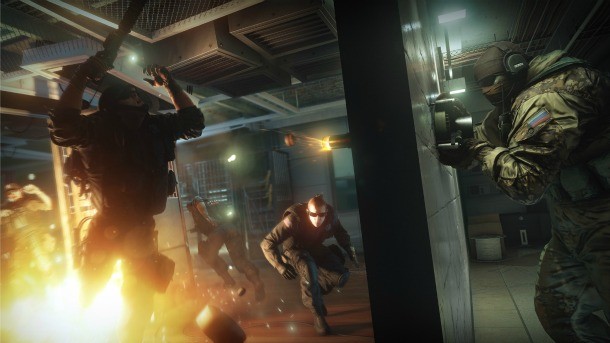
When Rainbow Six Siege launched two years ago to mixed reviews and somewhat lackluster sales, it would have been fair for Ubisoft to write the game off. However, the team at Ubisoft Montreal wasn’t content to leave it alone. Instead, the launch was just a rocky first step in what has become a remarkable evolution for the tactical online first-person shooter.
Over the past two years Ubisoft Montreal continued to release a stream of free content, patches, updates, and player-friendly features, building up trust with its ever-expanding player base and quietly making Siege into one of the most dynamic, well-balanced, and content-rich shooters on the market.
However, the journey to this point wasn’t easy. At one point Siege wasn’t even a twinkle in Ubisoft’s eye. Back in 2011, the studio’s next entry under the Rainbow Six banner was Rainbow Six Patriots, a more traditional project that featured both a campaign and multiplayer. The game was in development for some time (Game Informer even announced it as our cover back in 2011), but Ubisoft decided to cancel the project due to one big factor: timing.
The last proper Rainbow Six game was Rainbow Six Vegas 2, which launched back in 2008, so the franchise wasn’t exactly fresh in the minds of players. With a new console generation just on the horizon, Ubisoft decided that creating a new entry in the franchise at the tail end of a console generation wasn’t the right move.
“That’s the moment that management and Ubisoft decided that it was best to aim for the next generation of consoles at the time,” says Alexandre Remy, brand director for Siege.
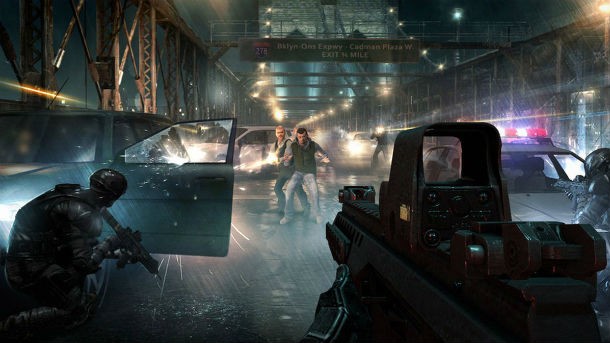
An early look at Patriots
Remy was a part of the Patriots team back in 2013 and has been with Siege from inception until now. As the Patriots team dissolved, he migrated to a new core team of about 25 people whose job was to design a Rainbow Six game for the next generation of consoles.
It just so happened that most members of the new Rainbow Six team had multiplayer games embedded in their DNA. They were huge fans of competitive shooters, but also MOBAs like DOTA 2, something that would become much more relevant in Siege’s design.
Thanks in part to creative director Xavier Marquis, there was one image that the team focused on more than anything else: The titular siege. “I remember very vividly, a presentation with one very striking image and visual which is that old medieval siege,” Remy recalls. “[Marquis] basically said, ‘Hey, this is the game that we’re going to be making. The whole game is about the siege.’ Attackers, defenders, and all those mechanics and everything started from there all those years ago, with that single image pretty much summing up the gameplay equation of Siege.”
In the same presentation, Marquis presented to Remy and a handful of other team members the three ideas that would end up sustaining Siege for the next two years: tactical siege gameplay, multiplayer-first design, and a game that would be built to last.
Remy and the rest of the team were in.
“That really touched us a lot,” Remy says. “At that time, in the room, of the ten of us, a lot were playing MOBAs as well, so we had an experience as gamers and as players with those games that can last such a long time. And it’s like a good wine. The more it aged, the better it is. We’re like, ‘Oh my god, this is such a disruptive idea in the genre as well as in Ubisoft, to be honest. So we’re in 100 percent. Let’s go!’”
Mother of Invention
Once the team had settled on this central principle, they set out to create the foundation that would support Siege for years to come. The idea was ambitious and Ubisoft’s choice to design the game for a new generation of hardware only made it more so. With so many ways Siege could fall apart, how would Ubisoft Montreal pull it off?
Despite the complaints that players and critics had about the game at launch, it was hard to deny the game’s strengths. Environmental destructibility makes each map a dynamic arena that encourages operators to adapt to their surroundings. Each operator has a tactical ability that affects the game in interesting ways, whether it’s a small shock drone that zaps opposing players or a wall charge that shoots grenades into the next room over. Plus, Siege’s incredible sound design and focus on teamwork make each match a tense battle that depends just as much on gathering intel as it does good shooting.
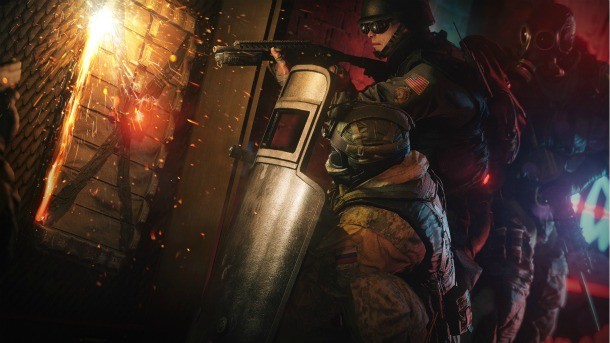
However, the game’s rocky launch in December 2015 was a growing pain for both Ubisoft and players. Ubisoft Montreal had never released such an intensive online experience, and players and critics alike saw only the foundation of what would become a massive platform. A slew of matchmaking and networking issues, like inconsistent connectivity and server errors, plagued Siege from the start. The lack of content didn’t help; Siege launched with 20 operators, 11 maps, three multiplayer modes, and a player vs A.I. mode called terrorist hunt – and some serious gameplay flaws like poor hit detection marred what was otherwise a good online shooter.
Necessity really is the mother of invention, and Remy now realizes how important this turbulent time was for the team. “Looking at it now, that made us a team able to work and iterate as much as possible,” Remy says. “We had the necessity to keep the game alive, to keep the players and community happy or happier, to iterate and work really hard to make the game better and better. Launch was very rocky, but it helped us find that structure, organization, and process to improve the game.”
Despite the setbacks and pitfalls of development and launch, Ubisoft Montreal stuck with Siege. It spent the next few months not only fixing issues that were present at launch but immediately jumping into their post-launch plans.
From the get go, the team intended for Siege to be an experience that was built to last. The games-as-service model has come under fire recently for its reliance on monetization – Siege does include lootboxes with cosmetic items only – but even before launch Ubisoft Montreal had a player-first philosophy.
“How do you build trust in the long term with your players?” Remy asks. “It’s about not segregating, not putting gameplay behind a pay wall. That was the general philosophy.” Any piece of new content in Siege, whether it’s an operator or map, is available to all players. Players can purchase season passes to get new operators early, but all players are essentially on an even playing field.
The idea was, and still is, disruptive in a genre that’s only now embracing ways to create sustainable, evolving experiences. Destiny, with its massive expansions, has always billed itself as a platform more in line with MMOs, but Siege was experimenting with free content and hero-based design philosophies pulled straight from games like DOTA 2.
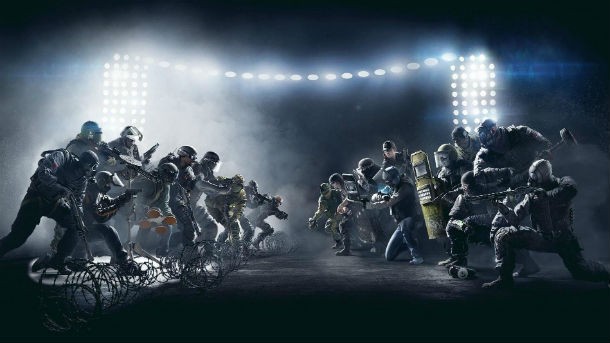
The core team had a lot of discussions about their post-release roadmap. How do you keep players involved with your game over months let alone years? In the end, they settled on “seasons,” a reference that points to both consistent annual divisions and the serialized format of television.
A season of Siege content comes every three months, bringing with it around two new operators and occasionally a new map. A free weekend, heavy discount on the game, and pro-league competition also accompany a season of content. This 360-degree content push gets existing players excited and gives newcomers an opportunity to jump in.
In the six months after launch, the team released two seasons of content, 17 title updates, and a host of smaller tweaks and patches. Siege was evolving, and gamers were taking notice. “The shift really was between Season 2 and Season 3,” Remy says. “We started for the first time at the launch of Season 3 and the end of Year 1 to see an increase of player activity. Before it was almost a steady line, and then all of a sudden, we had a boost of activity, a very major boost. That’s the moment we felt that the game can actually live for a very, very, very long time.”
Players were realizing that Siege was here to stay and that Ubisoft Montreal was willing to dedicate the time and effort to making Siege a top-notch shooter. Establishing trust takes time, but at almost every turn Ubisoft Montreal proved it had its players in mind. BattleEye, the anti-cheater program that launched in August 2016, made for a safer experience, removing almost 95 percent of cheaters from Siege. Operation Health, which began this past June, was a massive quality of life effort to fix the game’s ongoing gameplay and networking issues.
These fixes have paid off in a big way for Ubisoft. Over the past two years, Siege has quietly become one of the best-selling shooters on the market. It recently cracked the 25 million player mark two years after its release, an incredible feat considering that most player counts for online games usually trend downwards after launch. Back in August, Ubisoft announced that Siege had 2.3 million players a day. The game has re-appeared as a regular entry in the NPD sales charts this year. It may be two years old, but Siege shows no signs of slowing down. And neither does Ubisoft Montreal.
If there’s one thing that defines Ubisoft Montreal’s approach to Siege post-launch, it’s evolution. Siege requires players to constantly adapt their strategies and approaches to situations. The environment can change dramatically, and an ever-expanding roster of characters means there’s a counter to every strategy. Never content to rest on its laurels, Ubisoft Montreal embraces the same idea in its post-release strategy.
“Oftentimes [designers are] looking at the state of the meta and saying, ‘Okay, what if now we disrupt intentionally the meta to change it or make it evolve,’” Remy says. “With a live game, that’s something we’ve been very adamant about. You don’t want your game and your community to stop changing and evolving. You don’t want them to stall. You need to grow, change, evolve.”
The design team is “data driven” and “community informed,” according to Remy. Designers analyze all kinds of data related to the meta game – the strategies and operators that work well, the most common locations of engagement, where players die the most – and adapt the game accordingly. But they also use that data to push players in new directions.
White Noise, the recently released eighth season of content, proves that Ubisoft Montreal is embracing disruption and evolution in new and exciting ways. Two of the three new operators, Vigil and Dokkaebi, completely change the rules of observation and intel gathering. Vigil can manipulate camera feeds to become invisible for a short period of time, while Dokkaebi can hack enemy operators’ cell phones, making them emit audio cues until enemy operators take the time to turn them off. Players have to adapt or die to these changes. Siege’s constant evolution can push people out of their comfort zone, but the players are now more willing to embrace change.
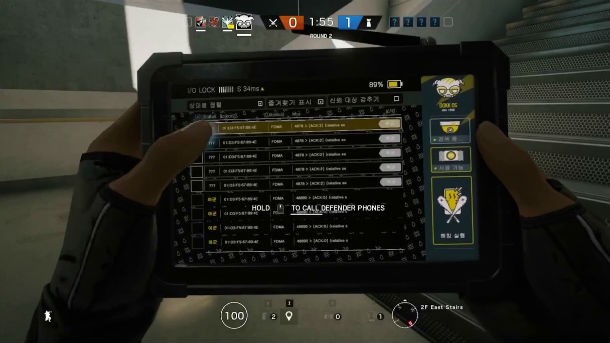
Dokkaebi is all about interference
“I’m so surprised by the flexibility of our community and players,” Remy says. “How much they accept change. How much they’re willing to change their playstyle, change their habits, change the team composition, change all of this. And I think now it’s really becoming an excitement for them, while likely before they were a bit more conservative.”
But that’s only one side of the equation. The team’s intention is to make Siege an experience that evolves over time with its players, a unique symbiosis between the two. That means that adaptation and evolution have to happen not only with players but with Ubisoft designers.
“The game is not that rich in terms of content when you think about it, but it’s extremely rich and deep in terms of the different interactions between all of the systems,” Remy says. “And that puts so much creativity and freedom in the hands of the players, so there’s no way we can guess how our map or operator is actually going to be used. We have our feelings and usually it follows what we believe it’s going to be, but we are always extremely surprised.”
With any online game there’s a give-and-take between players and developers. Designers put new features in the game and players inevitably experiment and push the boundaries of those features. Siege is unique in that the give-and-take is part of the game’s appeal.
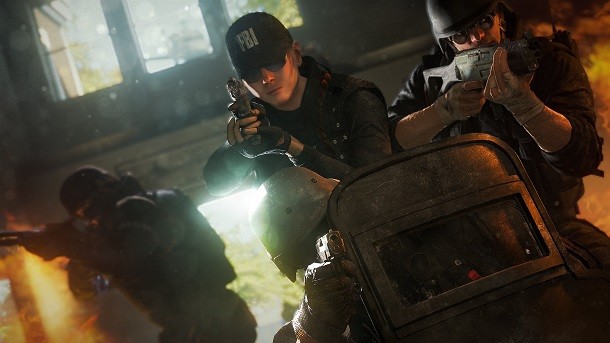
New operators allow new strategies and play styles to evolve in the community, which leads to new ideas and strategies for the designers. Siege has created an intimate bond between a developer and millions of players and in the process, serves as a wonderful example of how a games-as-service model can work.
Moving forward, Ubisoft Montreal has set an ambitious goal for itself: the team aims to reach 100 operators. For a game as finely balanced as Siege, this presents obvious challenges, but the design team wants 50 operators on both offense and defense to make Siege a strategic mind game as much as a skill-based shooter.
Remy only sees Siege evolving in more interesting ways. The team is more willing to take risks now with the past two years of post-launch experience behind them. It hasn’t always been a smooth ride, but with Year 3 just around the corner, the future of Siege looks as exciting as ever.
“The first two years, us as developers and the game as well, we were a little bit in our infancy,” Remy admits. “I think Year 3 and moving forward we are reaching the status of an adult, getting more mature. I think Year 3 is going to be the year that marks maturity.”
Go here for our original review of Rainbow Six Siege.


